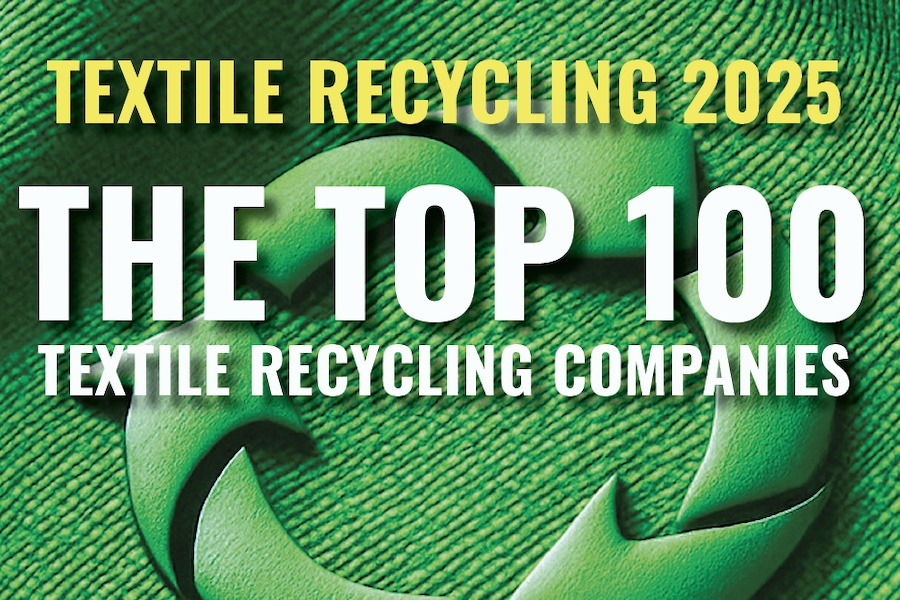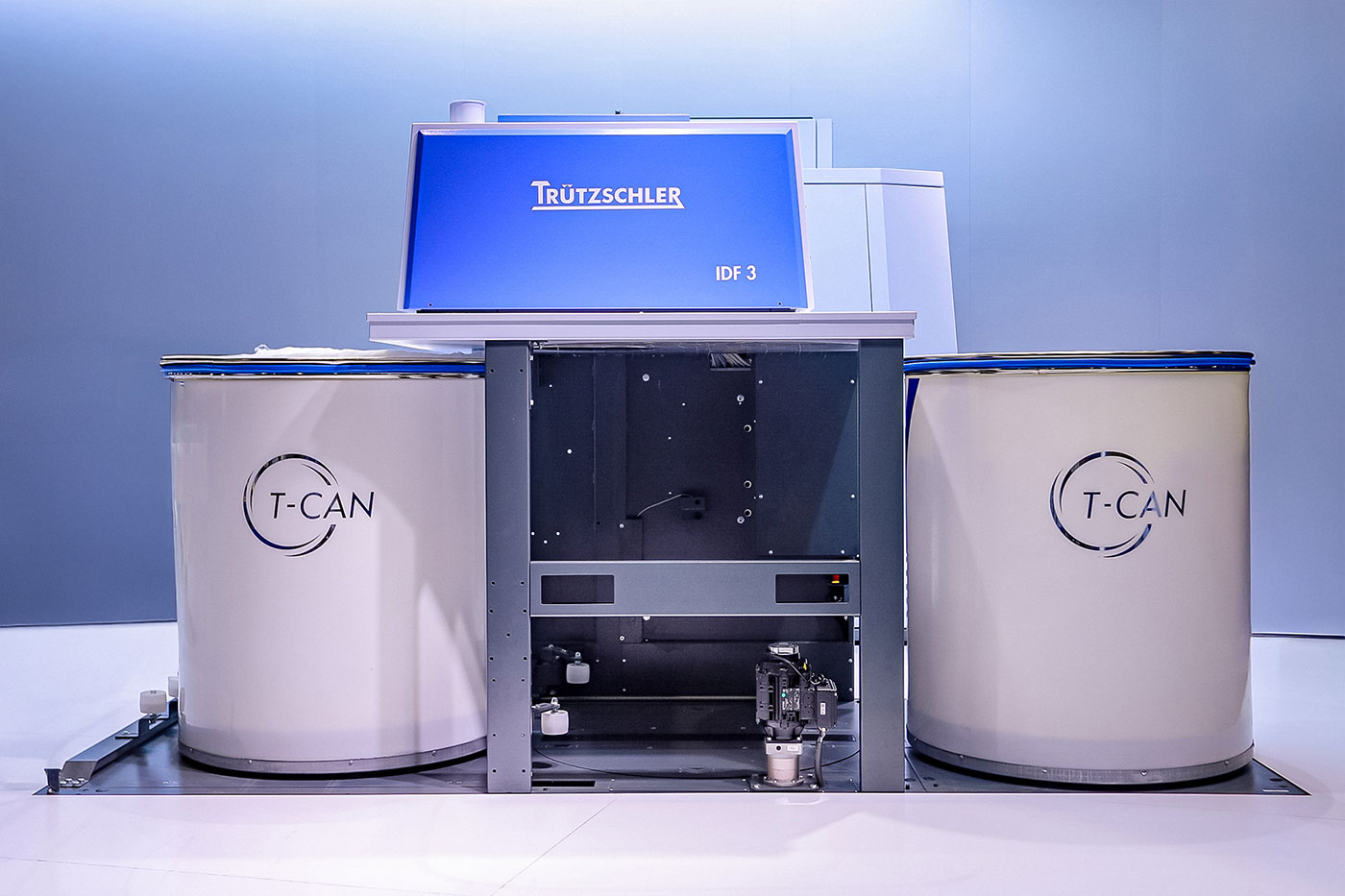#Sustainability
For which plastic products is biodegradation a viable end-of-life option?
The BioSinn project found products and applications for which biodegradation at the end-of-life is a real option. 25 fact sheets answer technical and regulatory questions for each application. The market volume of these applications was also estimated: in Germany, it is about 170,000 tonnes, in the European Union about 1 million tonnes per year!
In the EU, several million tonnes of plastics end up in the environment. In nature, in water, in the compost stream – every year, unhindered. Once there, it is often almost impossible to return them to the recycling stream: too small, untraceable, too costly. But there are plastic products that, even when used correctly, don't even make it into the recycling stream and end up in nature, in water or in the compost. And we deal with many of them every day. Think of cosmetics, tea bags, chewing gum or stickers on fruit and vegetables.
Would the use of biodegradable materials made from renewable feedstocks be a sensible option here? Critics doubt that biodegradation is of any benefit at all and rely on comprehensive reduction, collection and recycling of plastic products. They also fear that biodegradable products could induce consumers to dispose of the products in the environment.
In the project "BioSinn – Products for which biodegradation makes sense" (full report available here free of charge), that was funded by the Federal Ministry of Food and Agriculture (funding code 2219NR197), experts from the nova-Institute in Hürth near Cologne investigated whether there are applications and products for which biodegradation is a sensible or even the best end-of-life option. The selection criteria were that collecting the products (or their remaining parts), separating them from other organic waste or material recycling is not possible, economically not feasible or does not take place in practice. Further criteria were that the input of microplastics into the environment can be avoided through the use of biodegradable materials or that indirect positive effects, a relevant secondary benefit, can be achieved through the use of biodegradable materials.
Experts from the nova-Institute, together with the project partner Institut für Kunststofftechnik at the University of Stuttgart (IKT Stuttgart) and a project advisory board made up of representatives from industry, academia and politics, were able to identify 25 applications on this basis for which biodegradability is a good or even the best end-of-life option. These were examined from all sides: in which environments exactly do the products remain? Are there already suitable biodegradable materials made from renewable raw materials for these specific requirements? How are current market or political framework conditions?
In addition to the products used by end consumers, more unknown or inconspicuous applications have also been uncovered that cause a large plastic input into the environment. For example, the bristles of most municipal sweepers are made of plastic, which wears out and remains irretrievably in the environment. Agricultural applications, such as seed coating or flocculation aids in sewage sludge, are often made of non-biodegradable polymers and systematically enter the soil. Or products in fisheries that are lost in the sea. Compost streams can also be contaminated by plastics.
The result of the project is a brochure for decision-makers from industry and politics but also for the general public, with 25 fact sheets and extensive background information on biodegradation. For each product, it explains to what extent biodegradation is a sensible and feasible option and what technical substitution options are available for a more sustainable use of materials. In addition, political framework conditions and regulations were highlighted and evaluated on a product-specific basis. For the first time, the market volumes for Germany and the EU were also surveyed and estimated. The total volume of the 25 applications in Germany is about 170,000 tonnes and in the European Union even about 1 million tonnes, of which the largest share ends up in the environment. Here, the use of biodegradable materials would bring considerable environmental benefits.
One of the project goals was to highlight potentials for biodegradable plastics that have often been overlooked so far. Much of the public debate revolves around packaging, but this can and should generally be collected and recycled. Therefore, BioSinn focused precisely on the applications where the collection is not or hardly possible in practice. For example, the volume in agricultural applications is particularly high due to flocculant aids in sewage sludge, seed coating, carrier polymers for pesticides and mulch films.
For 24 of the 25 applications, it was possible to find biodegradable substitutes to the currently used materials. Only for one application, this was not successful: the dirt eraser. So far, there is no sustainable alternative with the same properties. To avoid the release of microplastics, in this case, the only solution would be to stop using it.
Often, the alternative products are more expensive, but above all, they are usually little known or poorly available on the market. Users and consumers often lack awareness of the problems and alternatives. For example, consumers are usually not aware that conventional chewing gum is made of plastic or that wet wipes have a high plastic content to get their strength. In both cases, plastics remain in the environment and do not biodegrade. Current legislation and existing standards are often still barriers to the greater market introduction of biodegradable products in appropriate applications, and policy guardrails are lacking. In many cases, specific policy measures could have a significant impact and open up markets for alternatives.
Michael Carus, Managing Director of the nova-Institute, summarises the results of the BioSinn project: "At the beginning of the project there was one question: Could there be applications where biodegradation is the best end-of-life option because collection and recycling are for example not practicable? The project was able to find and analyse 25 such applications. It was surprising to find that these applications total 1 million tonnes in the European Union – and most of this still ends up in the environment in the form of non-biodegradable macro- and microplastics. This is where biodegradable products made from renewable raw materials could make a significant difference to the environment. We hope that our comprehensive report with 25 fact sheets will both significantly raise awareness of the problem and substitution possibilities, and stimulate appropriate political action."
Due to the great international interest, the final report is provided in both German and English. The full report is available in both languages here: http://www.renewable-carbon.eu/publications

















